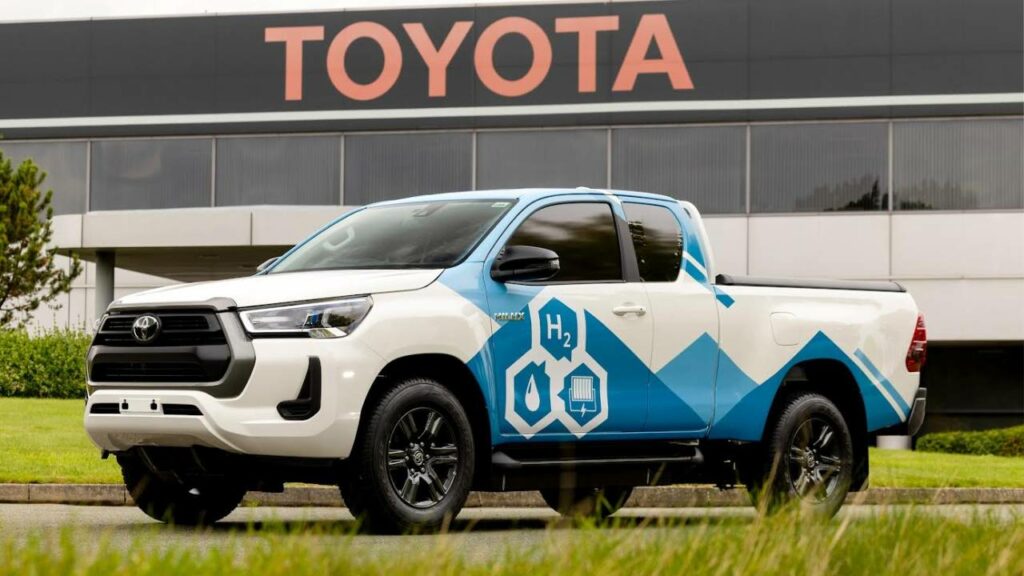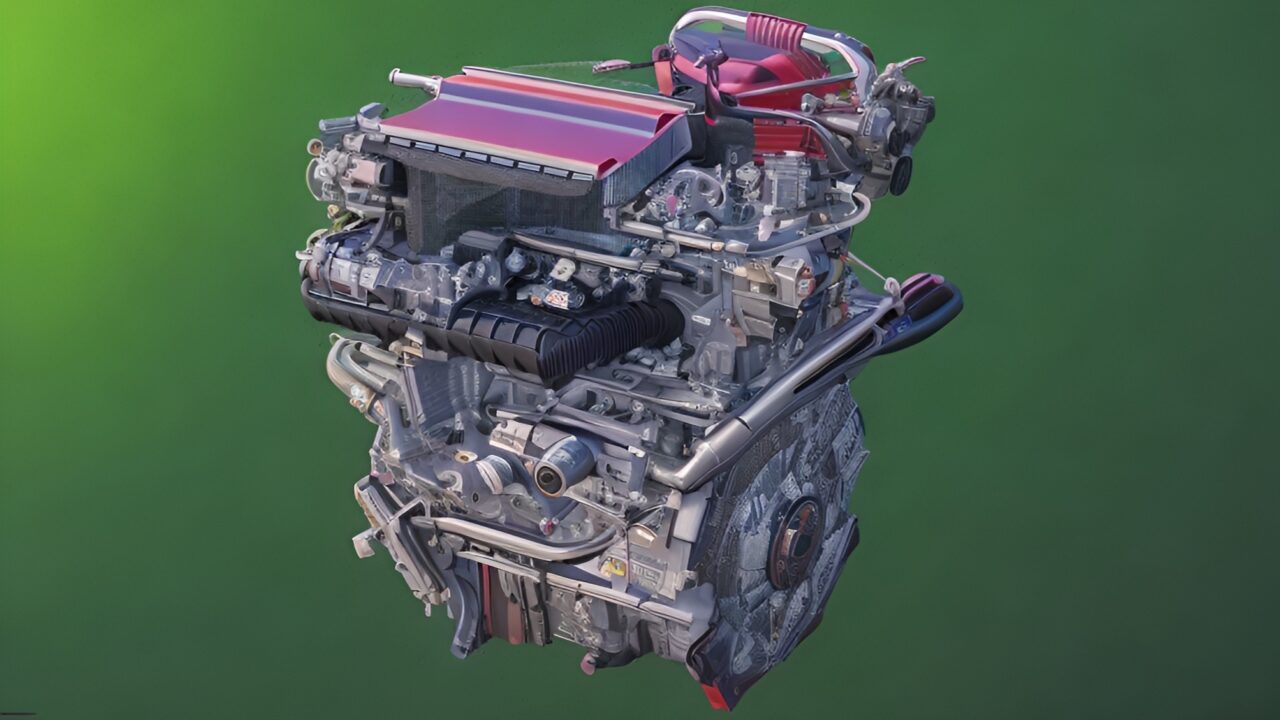The automotive industry is rapidly changing, and environmental consciousness is increasing day by day. While electric vehicles (EVs) are on everyone’s lips, a new alternative emerged in collaboration between Toyota and China’s Guangzhou Automobile Group (GAC), confusing the future of motor technology. So, will the internal combustion ammonia engine replace hydrogen engines?
New fuel and motor technology from Japan: Ammonia instead of hydrogen
Toyota and GAC have developed an environmentally friendly engine that could replace fossil fuel engines. This engine operates using ammonia and emits very little carbon dioxide when burned, making its environmental impact almost negligible. The 2.0-liter electronically controlled four-cylinder engine produces 161 horsepower and is 90% less harmful compared to regular gasoline engines.

Ammonia consists of one nitrogen atom and three hydrogen atoms (NH3), making it an excellent compound for replacing carbon. Moreover, its widespread use in agriculture and manufacturing industries suggests that the production infrastructure is largely ready. However, using ammonia as a fuel in personal vehicles poses some challenges.
Firstly, ammonia synthesis is an energy-intensive process, and its environmental impacts can be mitigated by using clean energy sources such as wind or solar power. Additionally, ammonia is a toxic chemical with combustion potential. Lastly, due to its highly corrosive nature, its safe long-distance transport or storage remains a concern.

According to the Japanese, if all these challenges can be overcome, ammonia could be the fuel of the future. Toyota, known for its past successes in hybrid and hydrogen fuel cell technologies, continues to explore new solutions beyond battery-operated electric vehicles.
While the market acceptance of electric vehicles has significantly increased, the concept of an ammonia engine demonstrates that internal combustion engines could remain relevant even in a low-carbon environment. However, widespread adoption of ammonia as a fuel for passenger vehicles doesn’t seem feasible in the short term without resolving issues related to its production, transport, and infrastructure requirements.
Although the ammonia engine developed by Toyota and GAC promises significantly lower CO2 levels, it currently doesn’t appear to be a complete alternative to EVs or traditional internal combustion engine technologies.
What are your thoughts? You can share your views in the comments section below.














